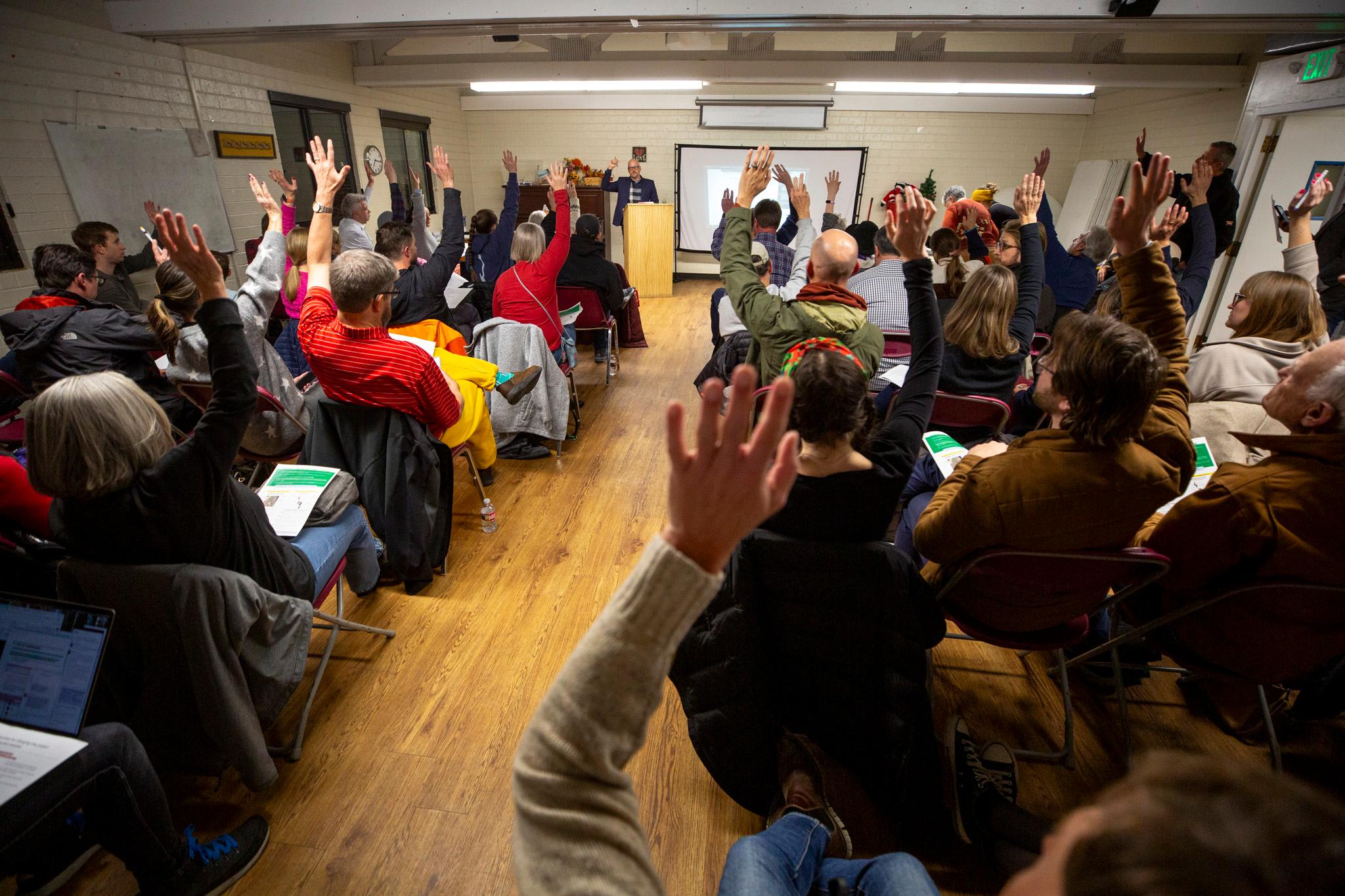Denver City Council on Monday approved new rules that could allow the city to crack down on the owners of hundreds of neglected buildings.
“We all have them in our neighborhoods,” Councilmember Jamie Torres said. “And until you’re a neighbor to one, you don't fully appreciate the disappointment that you feel that nothing ever seems to change or improve with some of those properties. The changes we're proposing provide real improvements so that our valued city staff can move the needle on properties and get them activated.”
As of April, the city had counted 285 neglected and derelict buildings. Of those, 40 were designated historic properties.
The city described these properties as “a resource drain for our city” that draws 311 and 911 calls and complaints to city agencies and council offices.
“Neglected and derelict buildings reduce the availability of legitimate residential and commercial spaces, exacerbating the shortage of affordable housing, business locations, placemaking, and other community amenities,” the city explained in a presentation to a council committee earlier this year.
Here’s how the new rules work:
The new rules expand how the city defines neglected and derelict buildings; strengthen the city’s enforcement tools; and increase fines to up to $5,000.
Prior to the change, the definition of what constitutes a neglected or derelict building was more vague. Now, the city will be allowed to designate a property as neglected or derelict when:
- It’s deemed “unsafe” under the city’s building code
- If it’s not lawfully occupied for three consecutive months, and also is boarded up and does not show significant construction activity during that time
- Or if it’s not lawfully occupied and also is in violation of any city or state law at least three times in a two-year period
The new law also gives a more specific definition for “vacant land.” Now, property can be deemed a neighborhood nuisance if the grounds aren’t maintained, a property has been vandalized or otherwise destroyed and it is within 1,000 feet of a school, park or recreation center.
The city will gain the power to force property owners to add fencing, security measures and “no trespassing” signs, and it can fix things itself — an “abatement” — if properties pose an imminent hazard.
Property owners will be required to refund the city for abatement. Property owners who don’t comply with the city’s abatement plans could be taken to court.
The new law also allows the city to appoint a receiver to take over properties and fix issues. Receivers can collect rent, make repairs, obtain loans, or even demolish the property.
Any remedies the city proposes on properties with historic designation will have to be approved by the Landmark Preservation Commission or the Lower Downtown Design Review Commission.
The changes to the rules will require additional staffing.
Community Planning and Development estimates the new rules will require up to two new full-time positions — a tough pill to swallow for a department facing likely layoffs as the city tries to fill a $250 million budget gap.
“When we first brought this [rule change] up to Community Planning and Development, they didn't seem to feel the same urgency,” Councilmember Paul Kashmann said. “But very quickly, everybody got on the same page.”
Councilmember Amanda Sawyer celebrated the planning department for its work on the changes.
“I truly believe that this is one of those changes to our laws that is going to really make a demonstrable difference in our community,” Sawyer said. “Our residents are going to be able to see and feel the impacts of the changes to this law when it goes into effect in February of next year.”
Letters to the city were unanimously supportive of the change. There was no public comment on Monday about the change.












